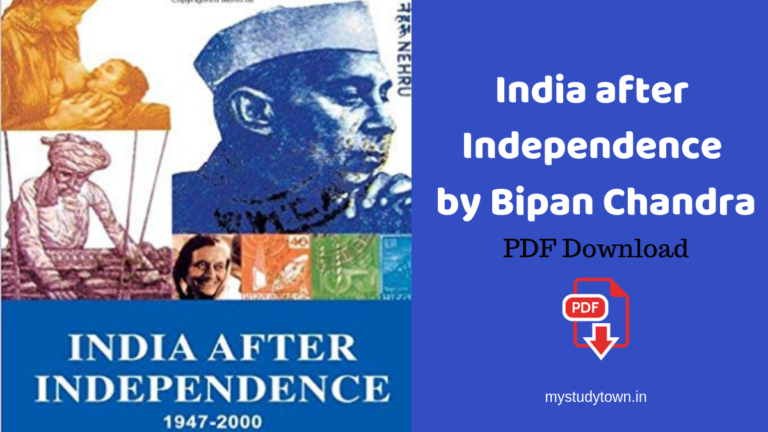

Especially interesting is the devotion of an entire chapter to the rise of the JP movement and the Emergency that followed, thereby underlining the immense importance of the shock of Emergency for the maturation of the Indian nation. It then moves into the Shastri years, bringing out the political equations of that confused era, followed by the rise of Indira Gandhi and her efforts to tackle the new challenges which faced the nation in the late 60s and early 70s. The authors delve carefully into Jawaharlal Nehru’s painstaking efforts at educating the masses through electoral campaigns and laying the foundations of an electoral system based on universal franchise through free and fair functioning of the Election Commission and later, the Parliament. Thereafter, we are taken into political history proper, beginning with the Nehru years.

Having mentioned the major challenges to the nation therein, the authors proceed with the complex process of state formation, describing in delightful detail the debates and concerns of the Constituent Assembly, the role of the Congress in it, and the consolidation and reorganization of the Indian states. Though the book is a sequel, the authors’ coverage of the state of India on the eve of independence is too detailed to give any hint of this, though the continuity between pre and post independence India is carefully brought out. Unlike works preceding and succeeding it however, India Since Independence covers economic history and important socio-economic aspects (like caste, communalism and the role of women) as well. The sequel to India’s Struggle for Independence, it seeks to trace the history of India from the infant steps of the late 1940s to the onset of the new millennium. In this context, India Since Independence can be regarded as a welcome corrective. Even though the period after independence is the most familiar of historical periods, there is a dearth of good academic writing on it.


 0 kommentar(er)
0 kommentar(er)
